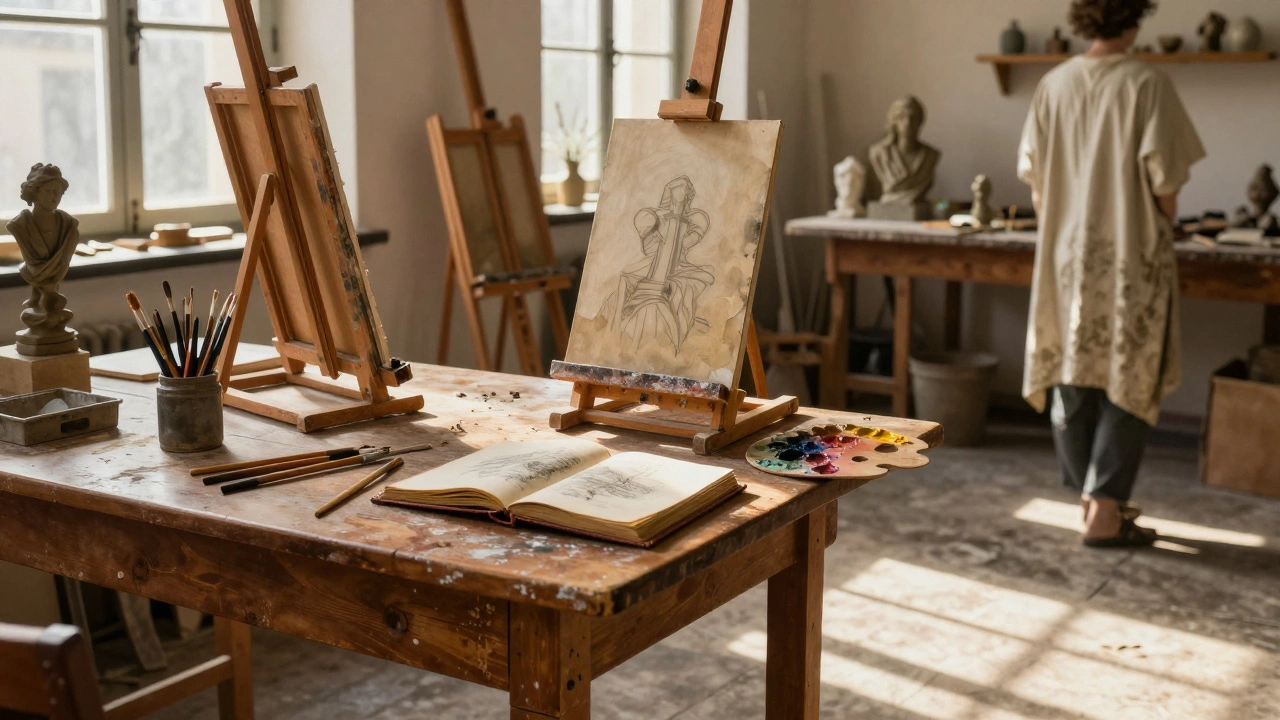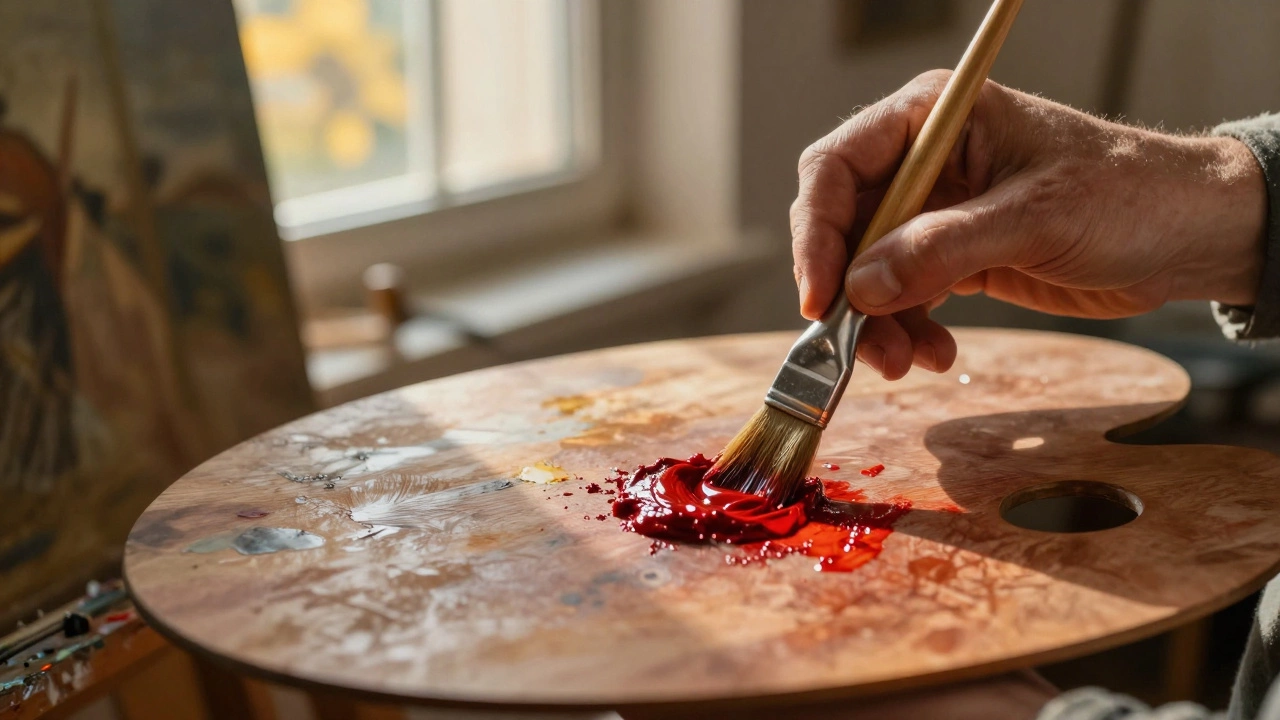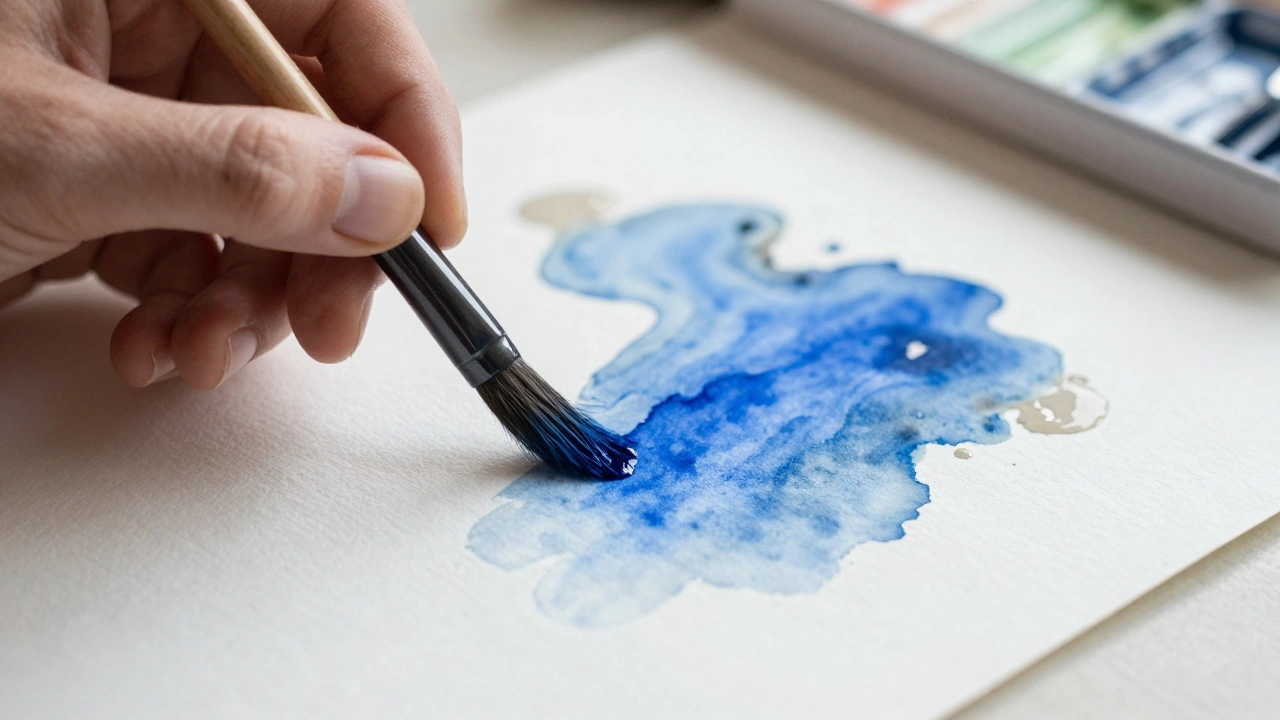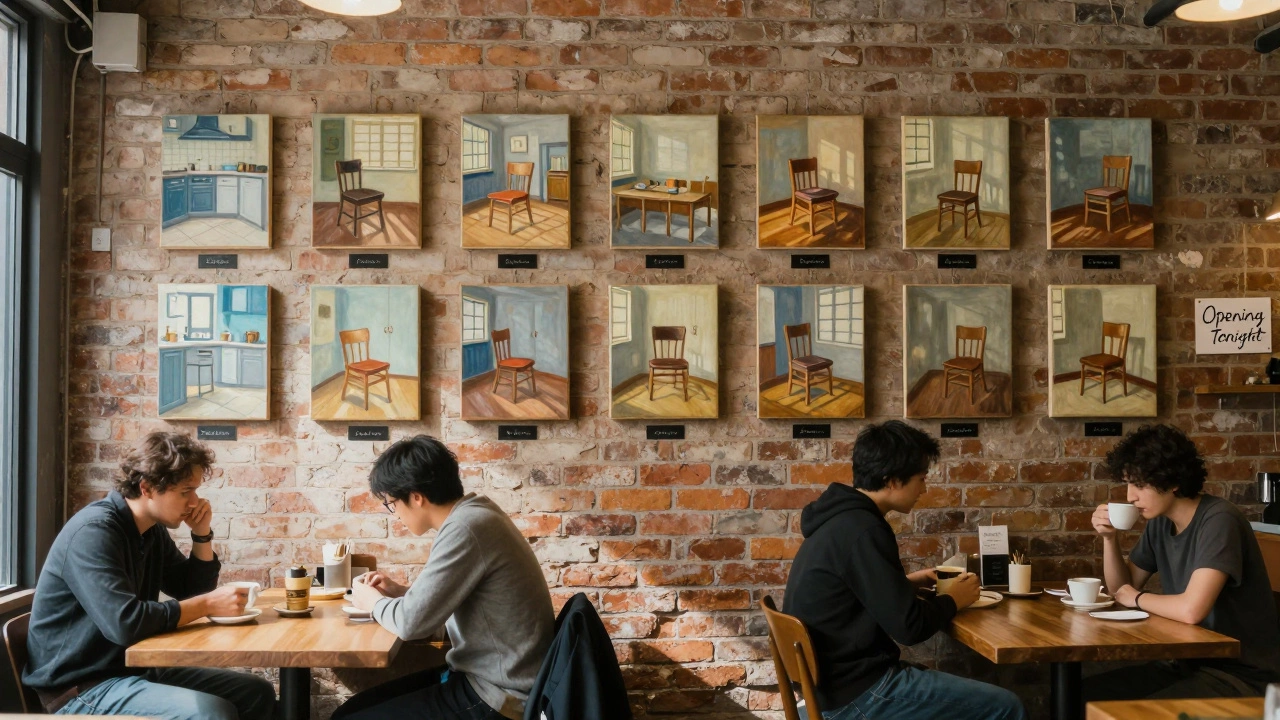Squiggly lines drawn by artificial intelligence. Cartoons that shapeshift as you walk past. Digital canvases growing in people’s living rooms. The way people create and experience art today barely resembles the bold splashes of the early 20th century—or even the quirky installations of a decade ago. Art isn’t just hanging on a wall anymore; it’s sneaking into augmented reality, echoing in immersive spaces, even swirling inside the blockchain. Wondering which style stands as the most modern right now? Spoiler: It’s not just about paint. Let’s take a deep, honest look at what’s winning attention—and pushing the boundaries—in today’s art world.
The Ever-Shifting Definition of Modern Art
Pinning down what counts as "modern" in art is awkward, to be honest. The official art history term “Modernism” is museum stuff by now—think Warhol, Picasso, Pollock and their wild experiments from the late 19th and 20th centuries. But ask anyone visiting the Venice Biennale or scrolling through Instagram’s trending hashtags: modern art today means something that challenges what we know, often powered by the latest tech. Each year, the edge moves further, leaving "classic" modern art in the dust. So how do we define the most modern art style right now? It’s all about work that’s innovative, often digital, interactive, or even co-created by machines and humans together.
Pace matters. No other creative field evolves as fast, especially since 2020 hit and the world moved online. In the last five years alone, digital art platforms have launched, immersive projections have filled entire warehouses, and AI-powered image generators shook up how we think about creativity. Real-time collaboration over distances became the new normal, thanks to tools like Miro and Figma—formerly for designers, now playgrounds for artists. Even old-school galleries are playing catch-up. According to the UBS Art Market Report of 2024, over 62% of galleries showcased digital work in their annual programs, and 48% experimented with some kind of mixed-reality or AI-driven installation.
Of course, there’s pushback. Some folks swear digital isn’t "real" art, that NFTs are just crypto hype, or that AI makes artists obsolete. But if you peek behind the arguments, you’ll find most young creators embracing every tool that comes their way. They blend code with canvas, mix soundscapes with city skylines, and break down the old idea that art needs to be permanent to be powerful. The definition of modern in 2025? It’s fluid—more a moving target than a set genre. The next section dives into the wildest, most innovative styles shaping the art world now.
Digital Art Goes Mainstream: From Pixels to Portfolios
So much for traditional brushes and oils. Digital art isn’t a niche anymore—it’s at the heart of the most modern art styles right now. Artists wield iPads, VR headsets, and even code with the same creative freedom as paint or marble. What’s changed recently is just how accepted (and valued) digital art has become. Sotheby’s and Christie’s, those ancient auction houses, now sell digital-only pieces for millions. In 2021, Beeple’s "Everydays: The First 5000 Days" fetched $69 million. By 2024, similar six-figure sales became common, with galleries dedicating permanent walls to nothing but screens.
Digital art’s edge comes from its mix of accessibility, versatility, and pure wow-factor. Want proof? Here’s a quick look at what’s popular right now:
- Generative Art: Artists use code or AI to set up rules and let machines shape the results—from trippy geometric patterns to surreal dreamscapes. It adds the thrill of unpredictability and invites the viewer to play along.
- NFTs and Blockchain Art: Not as hyped as in 2021 but still huge, NFTs let artists authenticate, sell, and resell digital works. Platforms like Foundation and SuperRare focus on quality over quantity now, and more eco-friendly blockchains are taking center stage.
- Augmented Reality (AR): Picture digital creatures leaping out of your phone and into the real world, or street art that only appears through your camera. Apps like Artivive make it easy for anyone to play along.
- Virtual Reality Installations: From Sydney’s Museum of Contemporary Art to London’s immersive pop-ups, entire exhibitions are built inside VR—giving you front-row seats no matter where you live.
The digital boom means more collaboration, more interactivity, and totally new ways to experience art. Think of platforms like DeviantArt and Behance overflowing with real-time audience feedback. Social media—especially TikTok and Instagram—rewards bold, bite-sized visual experiments that spread in hours. This wasn’t happening even five years ago. Now, it sets trends instead of following them.
Here’s a handy breakdown of popular digital art forms as of 2025:
| Style | Main Tools | Popular Platforms |
|---|---|---|
| Generative Art | AI, Coding (Python, p5.js) | FXHash, Art Blocks |
| NFTs | Digital Creation Software, Blockchain | OpenSea, Foundation |
| AR Art | Mobile Apps, 3D Modeling | Artivive, ARize |
| VR Installations | Unity, VR Headsets | SteamVR, Museum Programs |
If you’re curious about jumping in, start with Procreate or a free code-based platform. There are countless YouTube tutorials and beginner forums waiting for you—no fancy art degree required.

Immersive and Interactive Art: Art That Plays Back
Forget about standing silently in front of a canvas. The most modern art in 2025 is all about getting inside the art—or letting it react to you. Immersive art installations are now headline attractions, from famous venues like Sydney’s Dark Spectrum to pop-up venues in Tokyo, Paris, and New York. These experiences mash up video projections, surround sound, scented rooms, and audience participation. Instead of "Don’t Touch" signs, you’ll see glowing paths or pressure plates begging you to step closer, clap your hands, or even whisper a secret.
Why is this taking off? People crave connection—and modern tech makes a two-way creative conversation possible. In 2023, almost 74% of ticketed art events in large cities included some element of audience interaction or sensory immersion. The Paris "Atelier des Lumières" projects classic masterpieces onto every wall, letting visitors walk through, spin around, and lose all sense of up or down. Japanese collective teamLab creates rooms where cascading flowers bloom or float away if you try to grab them. The goal isn’t just to see art, but to become part of it.
The rise of immersive art connects closely with our digital lives. Tech like motion sensors, facial tracking, and projection mapping makes artworks dynamic—as if a painting grows new colors when it "notices" you’re nearby. Even smaller cities like Adelaide and Montreal are investing heavily in interactive public art for festivals, because it draws crowds like nothing else. The 2024 Adelaide Fringe saw a 22% boost in visitors thanks to a glowing labyrinth that visitors navigated by vote through an app.
Want to try creating immersive art yourself? Start by exploring free AR or VR tools online. Invite friends to experience your work, and take note of what grabs their attention. The magic happens when art stops being static and starts giving you surprises.
AI, Generative Creativity, and the Boundaries of the Human Touch
Here’s where things get spicy—and maybe a bit controversial. Artificial intelligence is now arguably the driving force in the most modern art scenes in 2025. Gone are the days when AI-generated images looked off or uncreative. Models like Midjourney 7 and Stable Diffusion Ultra can now produce detailed, nuanced works in seconds that were, honestly, unthinkable three years ago. Some human artists see AI as a threat; others see it as a collaborator, opening up weird and fascinating new creative paths.
The biggest buzz in recent years comes from collaborative AI pieces: art forged by a human’s guidance and an algorithm’s ability to remix, evolve, and invent. You might start with a simple sketch, type a set of instructions, and watch as the AI spits out five versions. Then, you curate, mix, or tweak these results, creating something nobody—robot or human—could build alone. It’s fast, it’s experimental, and it’s shaking up every gallery conversation worldwide.
Some artists, like Sydney’s Kuzuko Novelle, have produced entire shows with AI "co-authors." Her 2024 exhibit “Blended Minds” featured portraits depicting emotions AI often gets wrong—yet viewers found them hauntingly relatable. Generative art competitions, both local (like the AGNSW’s Tech Art Challenge) and global (the AI Art Prize, now accepting over 6,000 entries a year), draw thousands of submissions exploring everything from impossible architecture to musical sculptures. The art world is debating furiously: who owns this kind of work, and where does the artist’s individuality end?
One thing is certain: AI isn’t slowing down. New tools let you blend 3D, sound, touch, and even scent into artworks in just hours. A 2025 study from the International Journal of Digital Arts found that over 39% of under-30 artists now regularly use AI in the *creation* process (not just for marketing or editing). If you want to experiment, try web apps like Artbreeder, RunwayML, or Deep Dream Generator. Most are free for basic use, so the only limit is your imagination—and your willingness to embrace chaos.
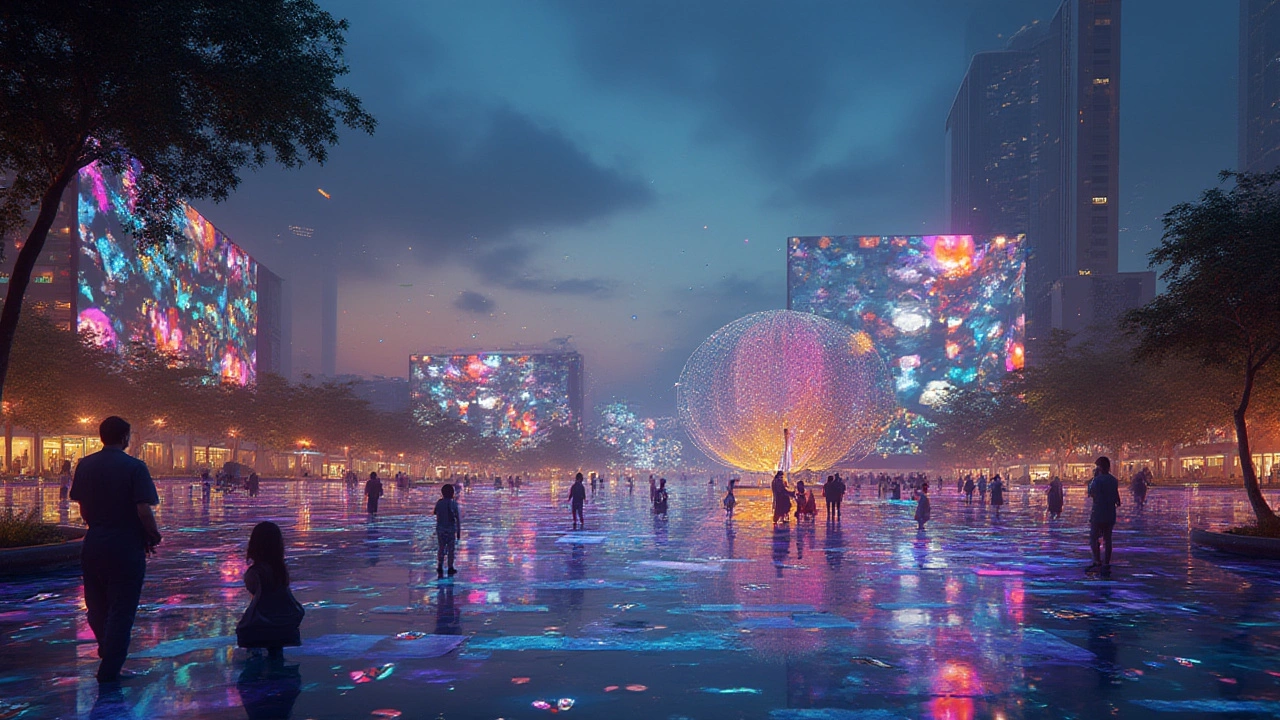
What’s Next? Tips for Seeing and Making the Most Modern Art
Itching to catch this wave, either as a creator or an art-lover? Here are some fun, practical ways to dive into the latest art styles—no matter your background, budget, or experience.
- Visit Local Installations and Pop-Ups: Even small cities hold digital art nights, AR treasure hunts with phone apps, or interactive light shows. Follow local event calendars and keep an eye on global collectives like Meow Wolf, teamLab, and Factory International for touring events.
- Browse Cryptocurrency Art and NFT Platforms: Not just for speculators! Many now focus on the quality and diversity of artwork. Filter for up-and-coming artists, as these often have dazzling new approaches to the medium.
- Join Social Media Challenges: Participate in Instagram’s daily drawing prompts or TikTok’s 90-second art experiments. These encourage rapid, experimental creativity—and connect you right to the pulse of what’s trending.
- Learn the Basics of Coding Art: Free platforms like p5.js or Processing offer beginner-friendly tutorials and communities. You don’t have to be a computer whiz to start making generative art—just curious and ready to explore.
- Collaborate with AI Tools: Try brainstorming with ChatGPT, image creation with Midjourney or Stable Diffusion, or even mix AI music generators into a multimedia project. Many artists say the real breakthrough comes when you treat AI as a creative partner, not just a tool.
Feeling a little daunted? Relax. Nobody expects you to become the next big name overnight. The coolest thing about the most modern art styles today is how accessible—and collaborative—they’ve become. Whether you’re using your phone, your laptop, or your own two hands, there’s space for your ideas in this swirling, boundary-busting world.
So go ahead, dip your toes in. The art world of 2025 is just waiting for someone like you to shake things up.

